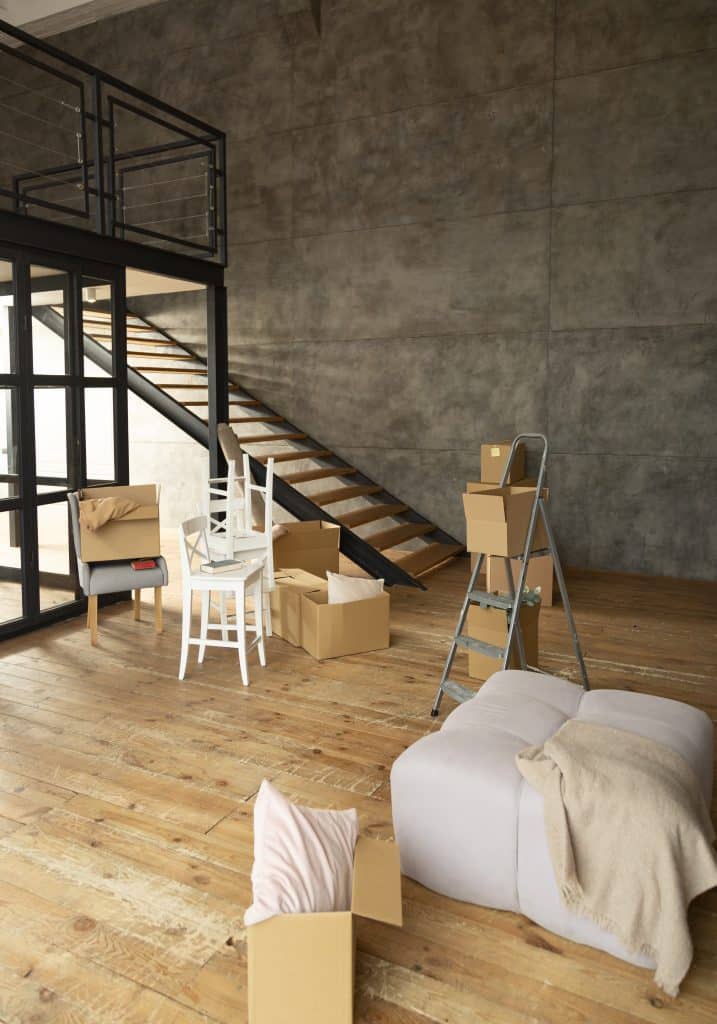Contents
Surprisingly, 70% of structural failures happen due to the foundation issues. That’s why choosing between underpinning vs benching is a life question for homeowners and construction professionals.
Underpinning extends the depth or breadth of foundation supports. Meanwhile, benching creates a stable base without changing the existing footprint. Our team performs the best basement underpinning in Hamilton. We can use other tecniques as well and help you choose the right method taking into account structural demands and soil conditions.
Basement Underpinning Basics
Basement underpinning is a strategic process. It includes the careful excavation of soil from beneath a home’s foundation to create additional living space within an existing basement. This method requires a crafted, engineered plan.
Will Fix experts calculate loads, soil characteristics, and potential impacts on the structure. We also design temporary supports to hold the building safely during construction. It’s important for safety and compliance with local building codes.
Basement Benching Techniques
Bench pinning is a perfect solution for those who wants to avoid complex and costly excavation. This method avoids the need to dig beneath the foundation footings.
We recommend bench pinning when the whole underpinning isn’t necessary or when budget constraints exist. It offers a balance between achieving more space and maintaining structural integrity. Homeowners gain extra headroom without the extensive costs associated with deeper excavation and foundation work.
Cost-effectiveness
Compared to underpinning, benching stands out for its cost savings. Digging below the footings during underpinning brings significant labour and material expenses. Benching bypasses this by using the space above the current footing level.
The financial benefits are clear: less digging means fewer hours of labour and reduced risk of complications that could drive up project costs.
Design possibilities
Benching offers unique design opportunities within a renovation project. The resulting ledge can become custom seating or storage space, blending functionality with aesthetics. Some homeowners choose to cover the bench with cushions or wood panelling, integrating it seamlessly into their living space.

Bench Pinning vs. Underpinning Explained
Bench pinning preserves the existing foundation footings by excavating soil around them to create additional space. This method does not change the foundation’s structural integrity. In contrast, underpinning requires altering the foundation’s footings. It strengthens and stabilizes a structure by extending the foundation depth or width.
Underpinning demands precision and expertise. Once the area is suitably excavated, new concrete beneath existing footings is poured. This process makes sure that the building rests on more stable soil, which is important in areas with problematic ground conditions.
Benefits of Underpinning Over Benching
Underpinning presents a significant opportunity to boost property value. By extending the foundation into the ground, homeowners gain additional square footage. This space further transforms into living areas, increasing the functional size of the home.
You can also create rooms for entertainment, additional bedrooms, or even rental units. This flexibility is valuable in urban areas where land is expensive. Moreover, real estate professionals say that increased livable space correlates with higher market values.
Structural integrity
The process of underpinning reinforces the foundation of a building. It provides long-term stability that protects against subsidence and other structural issues. It addresses issues such as weak soil conditions or changes in land use around the property. The result is a building better equipped to withstand environmental stresses over time.
Use of space
One significant advantage of underpinning is its efficient use of space beneath a structure. Unlike benching, which creates unused ledges around the perimeter of a basement, underpinning maximizes every inch for practical use.
The versatility of design options makes underpinning a favourite among architects and builders. Either it’s incorporating custom storage solutions or designing unique living spaces, underpinning offers the freedom to use subterranean square footage effectively.

Soil stabilization
Underpinning is necessary for soil stabilization beneath a property. It prevents future issues by securing that soil movements do not undermine the building’s base. Techniques like mass concrete underpinning place new material underneath existing foundations to form a stronger substrate.
This process not only supports what’s already in place but also adapts to changing ground conditions over time. It provides a safeguard against further deterioration caused by moisture changes or additional loads from construction nearby.
Space enhancement
Proper insulation is vital in making a basement comfortable. During the underpinning, we use install high-quality insulation materials that help maintain temperature and reduce energy costs. Ventilation systems are equally important to provide air quality and prevent moisture buildup that can lead to mold growth.
For lighting, underpinning offers the chance to incorporate more windows or even construct light wells, boosting natural light access. These improvements make the space livable, inviting and pleasant.
Choosing the Right Renovation Method
You should think twice before selecting a renovation method:
- Consider the current state of your basement
- Think about post-renovation use
- Use our free written estimate to calculate possible costs and plan your budget
Don’t forget that a well-executed basement transformation significantly boosts a home’s market appeal. So some of your budget will come back to your later, thanks to your smart investment in the basement underoinning or benching.
Underpinning vs Benching
Underpinning is a more comprehensive solution for creating livable spaces below ground level. Benching involves cutting away the soil to widen the basement footprint without lowering the floor. It often results in less headroom than underpinning.
Underpinning not only increases ceiling height but also strengthens foundation integrity. Compared to benching, it requires more time and investment but offers significant benefits in terms of space usage and property value increase.
Conclusion
Underpinning is a structural integrity and basement usefulness champion. It transforms the very foundation you stand on into a livable, breathing space. Benching offers a more straightforward path but has limitations against your long-term plans.
Choose wisely, as your home is more than walls and floors. Contact WillFix for help deciding. The estimation is absolutely free. Homeowners trust WillFix for reliable waterproofing solutions. They know that we prioritize long-term effectiveness over quick fixes. Our approach not only protects homes from water damage but also adds value, creating functional, dry spaces below ground level.
-
Is underpinning better than benching?
The answer depends on what you need. Both methods icrease livable space in the basement and have their own benefits.
-
Why should I choose underpinning?
Despite the fact that basement underpinning requires a lot of time, effort and money, it quickly pays off in the future. During the basement renovation project, our experts can identify and solve plumbing and electrical issues, saving you from costly repairs in the future.
-
What is the difference between benching and underpinning?
During the benching we gradually excavate the soil but most of it stays inside the basement to form stairlike construction that later can be used to create custom seatings or storage space. Meanwhile, during the basement underpinning we take the soil out of the basement while it rests on the temporary pins and later pour concrete to make it more robust and structurally sound.

